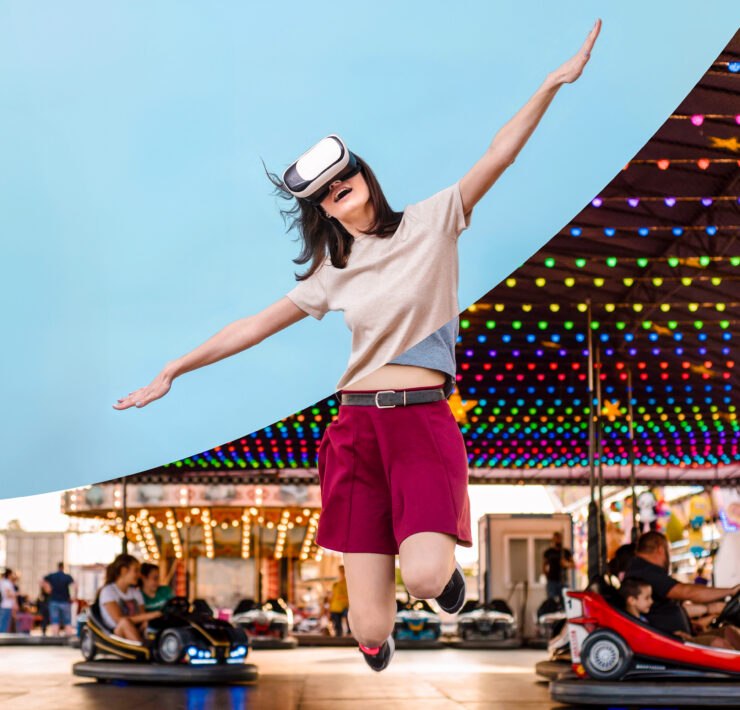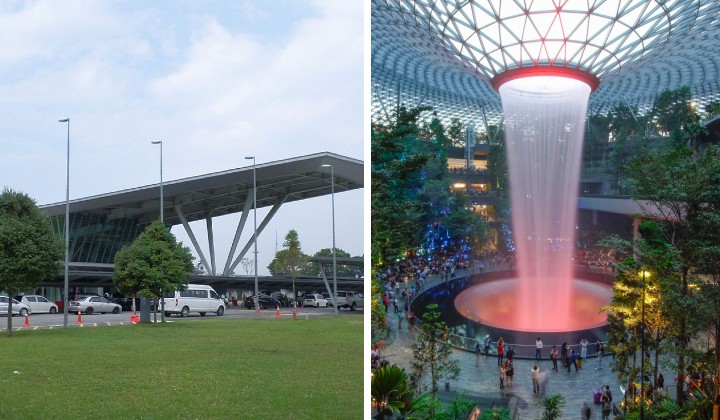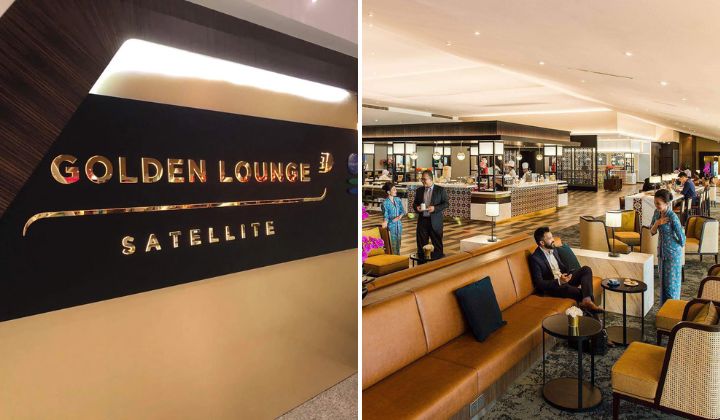5 Reasons Why Chow Kit Made NYTimes List of 52 Places To Visit In 2020
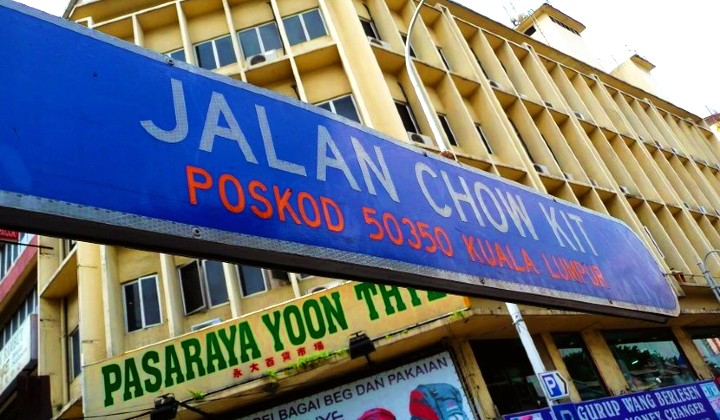
Malaysians are familiar with Chow Kit, widely known as the unofficial red-light district of Kuala Lumpur, infamous for it’s wandering drug addicts, illegal prostitution joints and gangsters that come out after dark.
But the truth is, there is much more to Chow Kit than its dark side. Surviving much of the rapid development of KL City, it is full of history and culture. In the past several years, there have been new additions to the area (read: gentrification) which also attracted a new wave of tourists and locals.
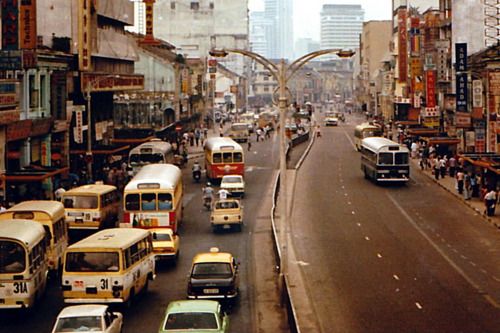
These additions have spurred The New York Times to name the area in its travel list of 52 Places to Go in 2020, stating that the “underappreciated neighbourhood†has received a “dose of fresh style and energyâ€.
We spoke to the writer of the piece, Singapore based freelance writer Sanjay Surana, who highlighted 5 key attractions in the area, to find out why he liked these places in particular.
1. The Chow Kit and MoMo’s
Designed by the Brooklyn-based Studio Tack, the 113-roomed boutique hotel in Chow Kit, creatively named The Chow Kit is the studio’s first project in Asia.
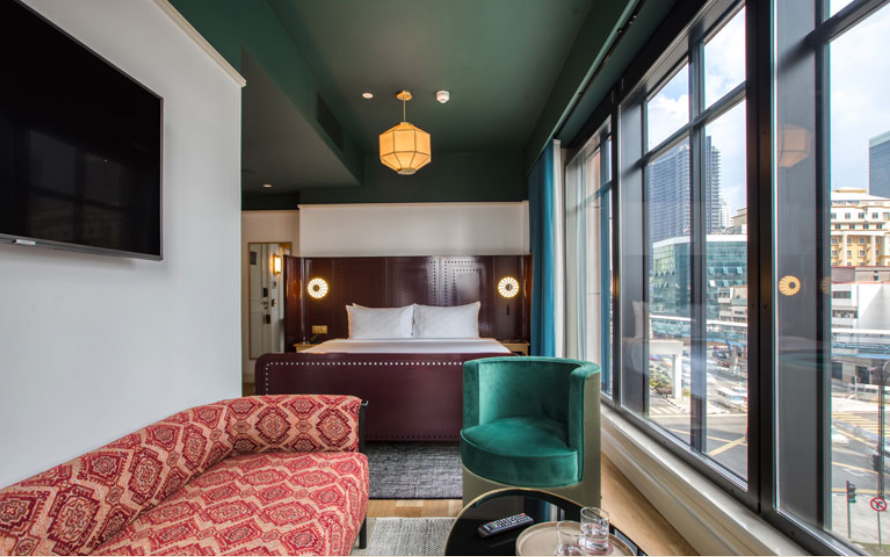
The hotel is surprisingly luxurious, with ceiling to floor windows, timber floors, luxury linens and organic toiletries. Far from tacky, the rooms are designed with a modern take on local themes that evoke a feeling of Asian grandeur.
A stylish, well-thought out place that serves as a fine base from which to explore the neighbourhood. I like the aged feel of the Chow Kit Kitchen & Bar.
Sanjay Surana to TRP
Next door is MoMo’s, designed by Sydney-based studio Akin Atelier. This no-frills social hotel goes full-on minimalist, featuring 99 micro-rooms that have everything you need and nothing more – smart TVs, free WiFi, super comfy beds and bespoke toiletries.
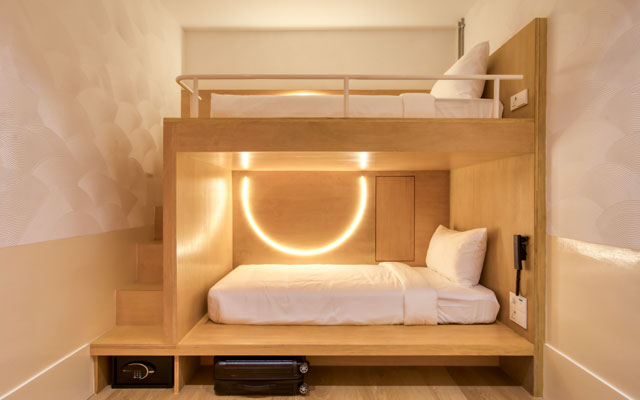
MoMo’s also has a communal space called The Playground, where travellers and locals are invited to socialise at DJ’ed parties, talks, shows and even karaoke nights.
Fun, quirky, doesn’t take itself too seriously, this is a smart place for those on a tighter budget.
Sanjay Surana to TRP
2. Malaysia’s largest fresh-produce market
Divided into two sections: wet and dry. The market is located just 2.5 kilometres from the Petronas Twin Towers.
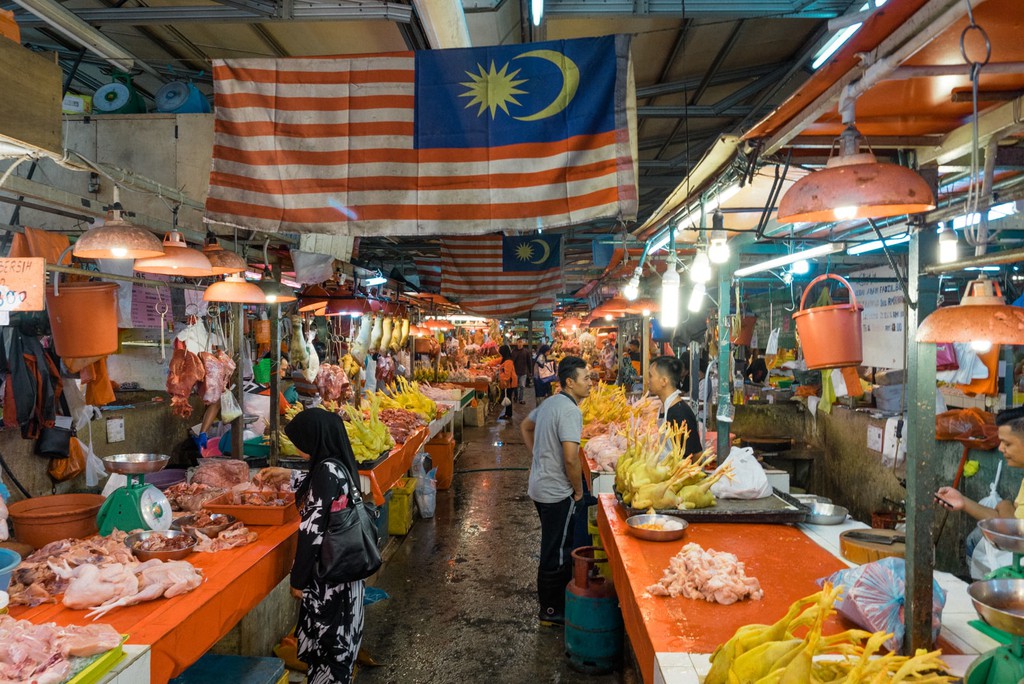
The wet market features fresh meats butchered in the open and fresh fish, some still alive swimming madly in pails, which can make the smell and sights of the market a bit overwhelming.
But past these stalls is an endless variety of tropical fruits sold at rock bottom prices with vendors offering you to taste before you decide how much you want.
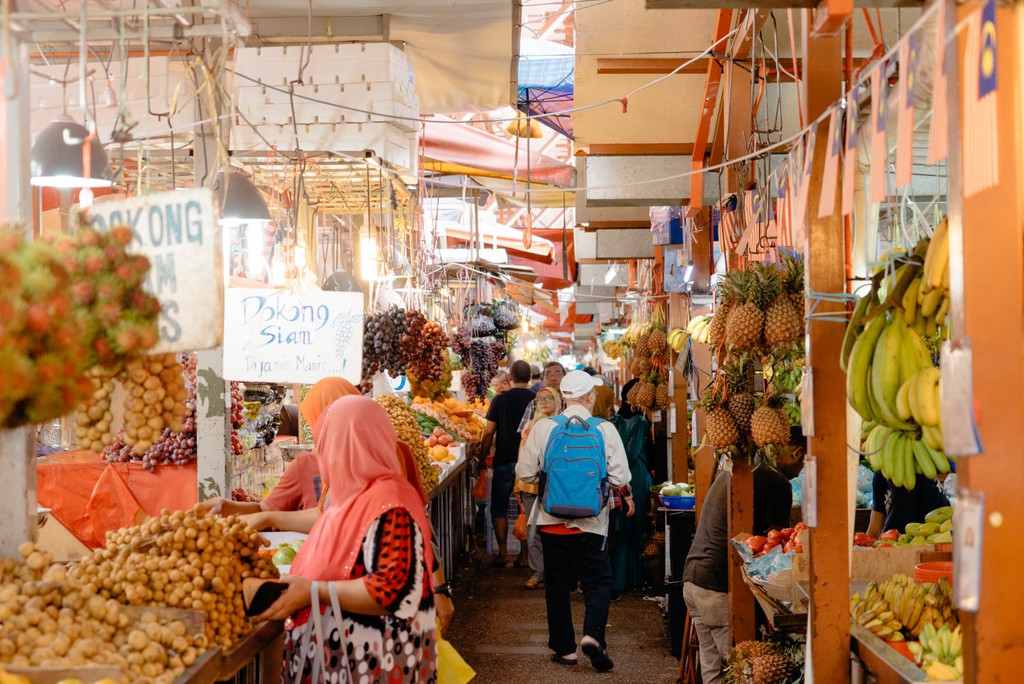
The dry market tends to be the more tourist-friendly section selling clothes, shoes, DVDs and textiles among others.
A never-ending riot of sights and smells, a place that seemingly hasn’t changed in decades, there’s always something to see here.
Sanjay Surana to TRP
3. Southeast Asia’s largest Sikh temple
Standing majestically in Kampung Baru at the border of Chow Kit market, is the largest temple in Southeast Asia, the Gurdwara Tatt Khalsa Diwan.
The temple is a queer sight to behold in the prominently Malay area. Though, it’s Mughal architecture sometimes confuses people who enter every now and then mistaking it for a mosque.
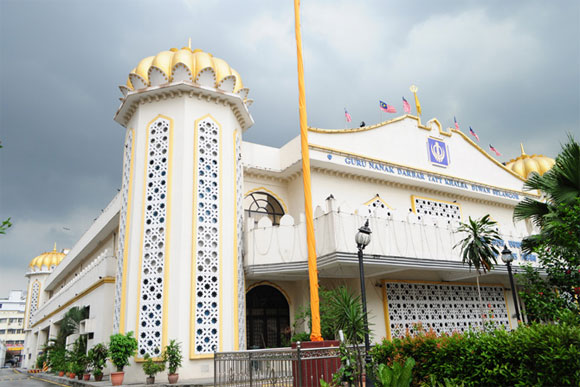
The temple’s history can be traced all the way back to 1819 while the current building has been around since the 1920s. Housing at least 4 darbars, the 1.5 acre gurdwara is the main Sikh temple in Malaysia and is often jam-packed with people on days of celebration and prayer.
Tourists and curious people are always welcomed to visit the temple which serves food on a daily basis.
A large complex with shapely lines and gleaming domes, this temple stands out for its ornate architecture so close to the market.
Sanjay Surana to TRP
4. Eclectic new restaurants
The new restaurants in Chow Kit are here to satisfy any meal, be it breakfast, brunch, lunch, or dinner. These eateries are here to serve beautiful meals AND sights.

NYT namedrops the Caribbean-influenced Joloko. A bright coloured restaurant featuring printed tiles and florally murals, the restaurant and bar boasts of having at least 47 different varieties of mezcal.
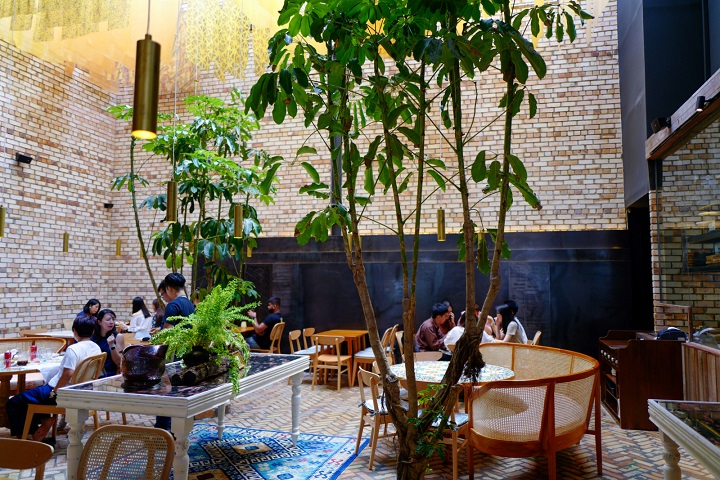
If you’re looking for brunch and coffee, take a seat under pretty tapestries floating in the sunshine at Tapestry. Intertwining classic brunch dishes with Malaysian heritage, the restaurant uses locally sourced produce for their modern dishes.
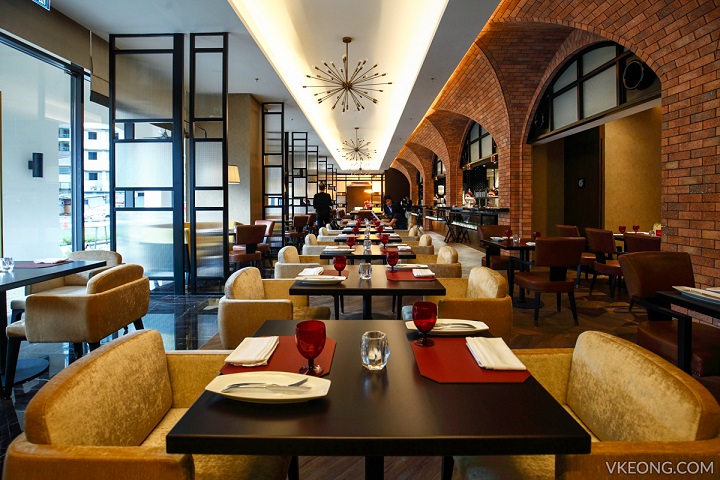
French-inspired Brasserie 25 is Hotel Stripes KL’s super chic restaurant. With their lofty high ceilings, brass chandeliers, brick walls and tan leather chairs, you’d be surprised that this place is located in “seedy†Chow Kit at all.
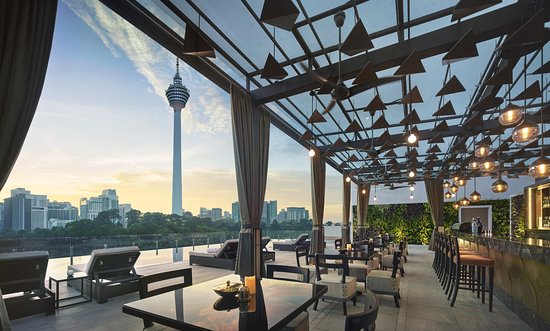
Man Tao Bar is the perfect spot for dinner and drinks. Also located at Hotel Stripes, their rooftop bar is a relaxing space with unobstructed views of downtown KL.

For a healthy seafood lunch, check out Gavel. This British-owned restaurant is far from the bland stereotype often associated with the country. It is owned by the same chef that built Changkat Bukit Bintang’s Magnificent Fish & Chips and Bangsar’s Southern Rock Seafood Kitchen.
5. The Row
The Row was formally the Asian Heritage Row, a popular nightclub strip of 22 shophouses built in the 1940s. Now, it features restaurants, cafes, art galleries and a smattering of creative businesses.
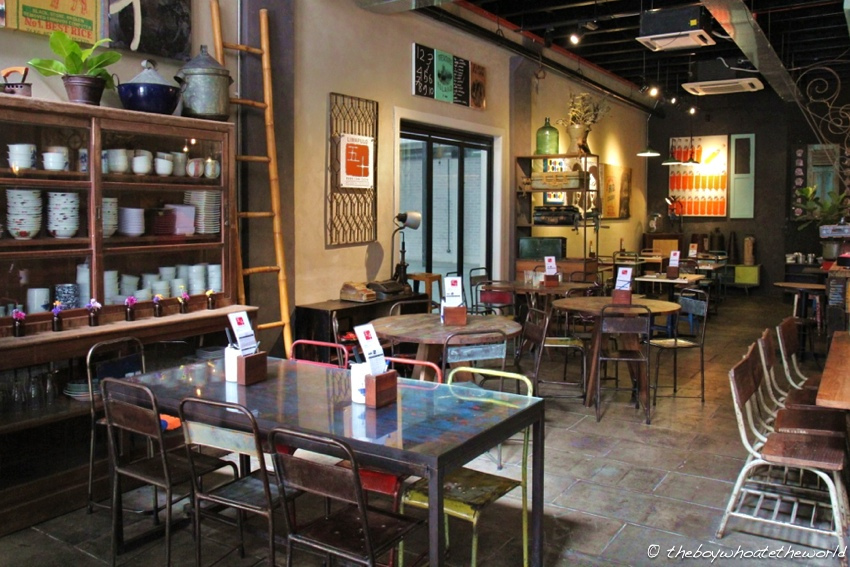
Limapulo Baba Can Cook is probably The Row’s most popular lunch spot, drawing crowds with their authentic Nyonya specialities. Despite being a favourite for lunch, the restaurant opens for dinner as well.
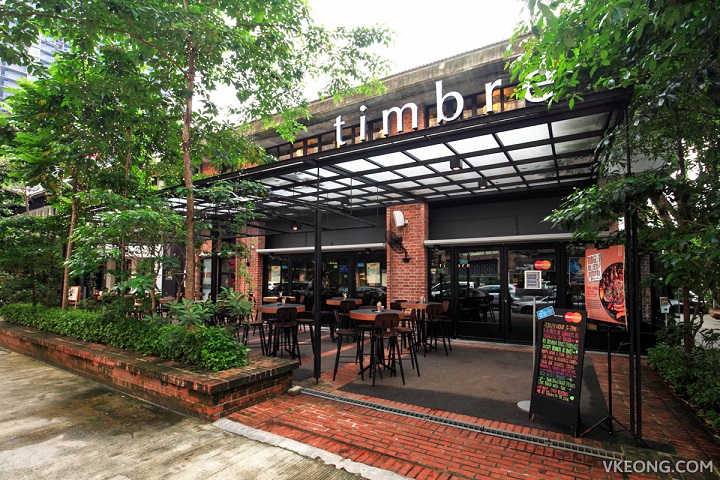
Singapore company The Timbre Group rocks up The Row with their kitchen and bar, Timbre. Featuring live performances by local bands most nights, people come for the shows and end up staying for the good food and delectable drinks.

Calm and cosy, League of Captains is a two-floor cafe founded by the folks behind local clothing label Pestle & Mortar. Besides being a perfect coffee spot, the cafe also features a retail section spotlighting local clothing brands like their own, as well as Publish, Raised by Wolves, and Hypergrand.

Designed by Singaporean firm FARM, The Co. is both an event and sophisticated coworking space where entrepreneurs can eat, drink, work, and relax together.
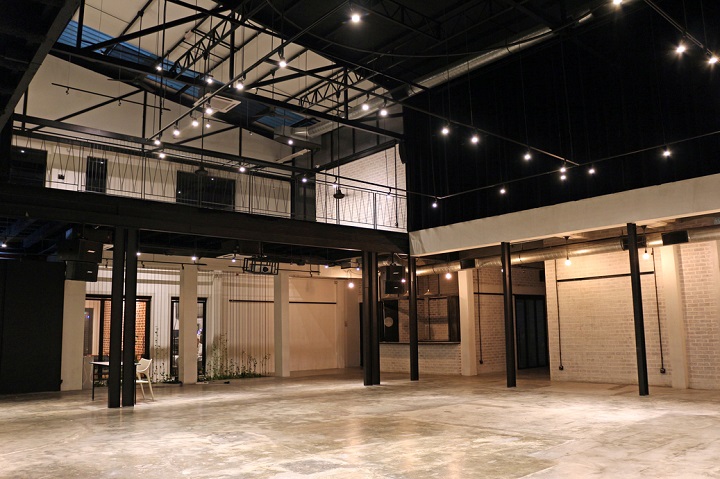
Slate at The Row is a multipurpose event space that has been furnished in such a minimalist way that it provides the ultimate blank canvas for all your event needs.
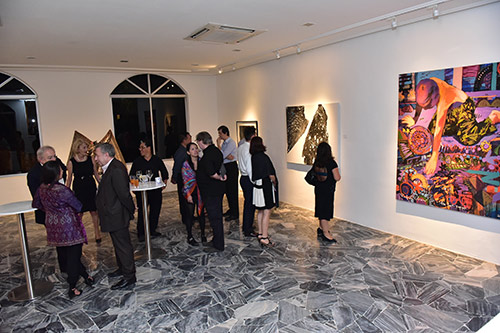
Art lovers can visit Vallette Gallery. The modern and contemporary art gallery features work by Malaysians and international artists in various forms including paintings, sculptures, and photography.
The Row is a beautifully realised reincarnation of heritage buildings into something that appeals to the public today.
Sanjay Surana to TRP
Besides Chow Kit, Sabah also made it into NYT’s list at number 28, highlighting that increased tourism to the state could provide an incentive to protect the primaeval jungles located there.
Malaysia was one of only two Southeast Asian countries mentioned on the list, the other country being Cambodia.
Was this guide useful? Share your thoughts with us on our Facebook, Twitter, and Instagram!
Starving forensic investigator turned writer cause she couldn't find a job. Used to search for killers now searches for killer stories.

